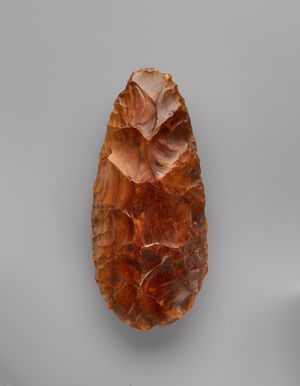(p. A13) A few months before Covid-19 became a pandemic, Filippa Lentzos started reading about unusual flu cases in Wuhan, China. Ms. Lentzos, a social scientist who studies biological threats, belongs to an email group she describes as consisting of “ex-intelligence, bioweapons specialists, experts, former State Department diplomats” and others “who have worked in arms control, biological disarmament.”
As Chinese authorities struggled to contain the outbreak, she recalls, the expert circle asked questions about the pathogen’s origin: “Is this security related? Is it military? Is there something dodgy going on? What information are we not getting here?”
. . .
. . . in February 2020, a group of scientists had published a statement in the Lancet calling out “conspiracy theories suggesting that COVID-19 does not have a natural origin.” The New York Times and Washington Post dutifully attacked Mr. Cotton as unhinged. Media, with an assist from some virologists, dismissed the lab-leak theory as “debunked.”
Ms. Lentzos, who places her own politics on the Swiss “center left,” thought that conclusion premature and said so publicly. In May 2020, she published an article in the Bulletin of the Atomic Scientists weighing whether “safety lapses in the course of basic scientific research” caused the pandemic. While acknowledging there was, “as of yet, little concrete evidence,” she noted “several indications that collectively suggest this is a serious possibility that needs following up by the international community.”
. . .
The article barely made a ripple. “If you look at the argumentation that’s used today, it’s exactly the same basically as what I laid out, which was, accidents happen,” she says. “We know that they’re having questions around safety. We know they were doing this field work. We see videos where they’re in breach of standard biosafety protocol. We know China is manipulating the narrative, closing down information sources—all of that stuff. All of that is in there. But it didn’t get much traction.”
. . .
American liberals—including many scientists—conflated open-mindedness about the question with support for Mr. Trump. Ms. Lentzos was one of the few who could separate their distaste for him from their analysis of the pandemic.
. . .
The most significant problem came from the scientific community. “Some of the scientists in this area very quickly closed ranks,” she says, and partisanship wasn’t their only motive: “Like most things in life, there are power plays. There are agendas that are part of the scientific community. Just like any other community, there are strong vested interests. There were people that did not talk about this, because they feared for their careers. They feared for their grants.”
Ms. Lentzos counsels against idealizing scientists and in favor of “seeing science and scientific activity, and how the community works, not as this inner sacred sanctum that’s devoid of any conflicts of interests, or agendas, or any of that stuff, but seeing it as also a social activity, where there are good players and bad players.”
Take Peter Daszak, the zoologist who organized the Lancet letter condemning lab-leak “conspiracy theories.” He had directed millions of dollars to the Wuhan Institute of Virology through his nonprofit, EcoHealth Alliance. A lab mistake that killed millions would be bad for his reputation. Other researchers have taken part in gain-of-function research, which can make viruses deadlier or easier to transmit. Who would permit, much less fund, such research if it proved so catastrophic? Yet researchers like Marion Koopmans, who oversees an institution that has conducted gain-of-function research, had an outsize voice in media. Both she and Mr. Daszak served on the World Health Organization’s origin investigation team.
. . .
Ms. Lentzos has experience working with United Nations agencies, including the World Health Organization. “It was incredibly exciting to finally go in. And then you become more disillusioned when you see how things operate, how things don’t operate,” she says. “Like any large organization, they are slow, and inflexible, and bureaucratic.”
(Note: the online version of the interview has the date June 11, 2021, and has the same title as the print version.)


